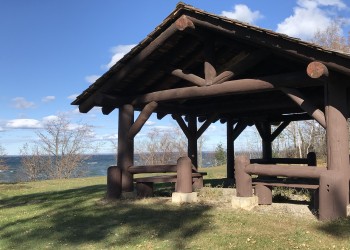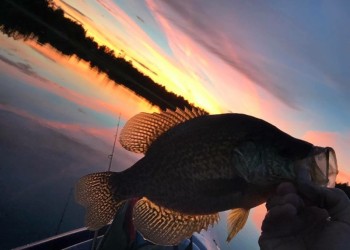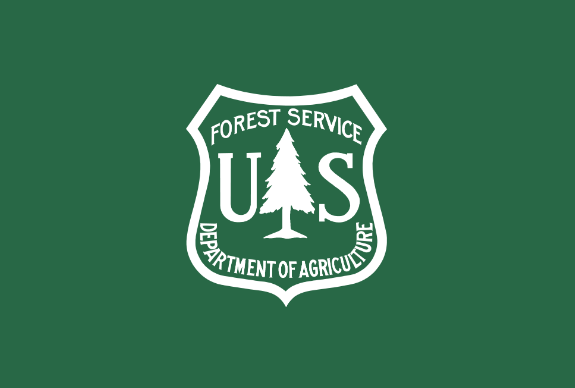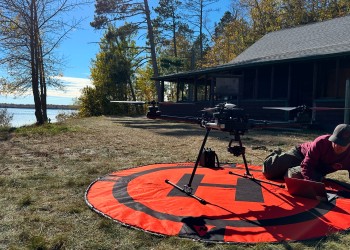Welcome to Chippewa National Forest
The Chippewa National Forest, located in the heart of northern Minnesota, celebrates seasons, culture and environment. Come explore the big lakes, pines and all the forest offers.
Recreation Opportunities
Biking on the Chippewa National Forest has changed dramatically over the last ten years. Ten years ago, mountain bikes were the only option to travel…
The Chippewa National Forest offers excellent opportunities for hunting and fishing. The Forest's diverse landscape, from dense forests to expansive…
Take a trip on a tankful and enjoy one of the Scenic Byways on the Chippewa National Forest!The Chippewa National Forest puts on a dramatic show of…
Tribal Relations
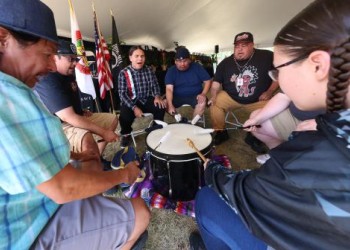
Camping

Outdoor Science

Timber Sales
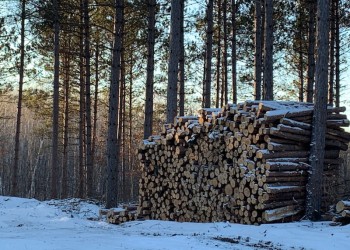
Maps and Guides

Memorial Tree Area
